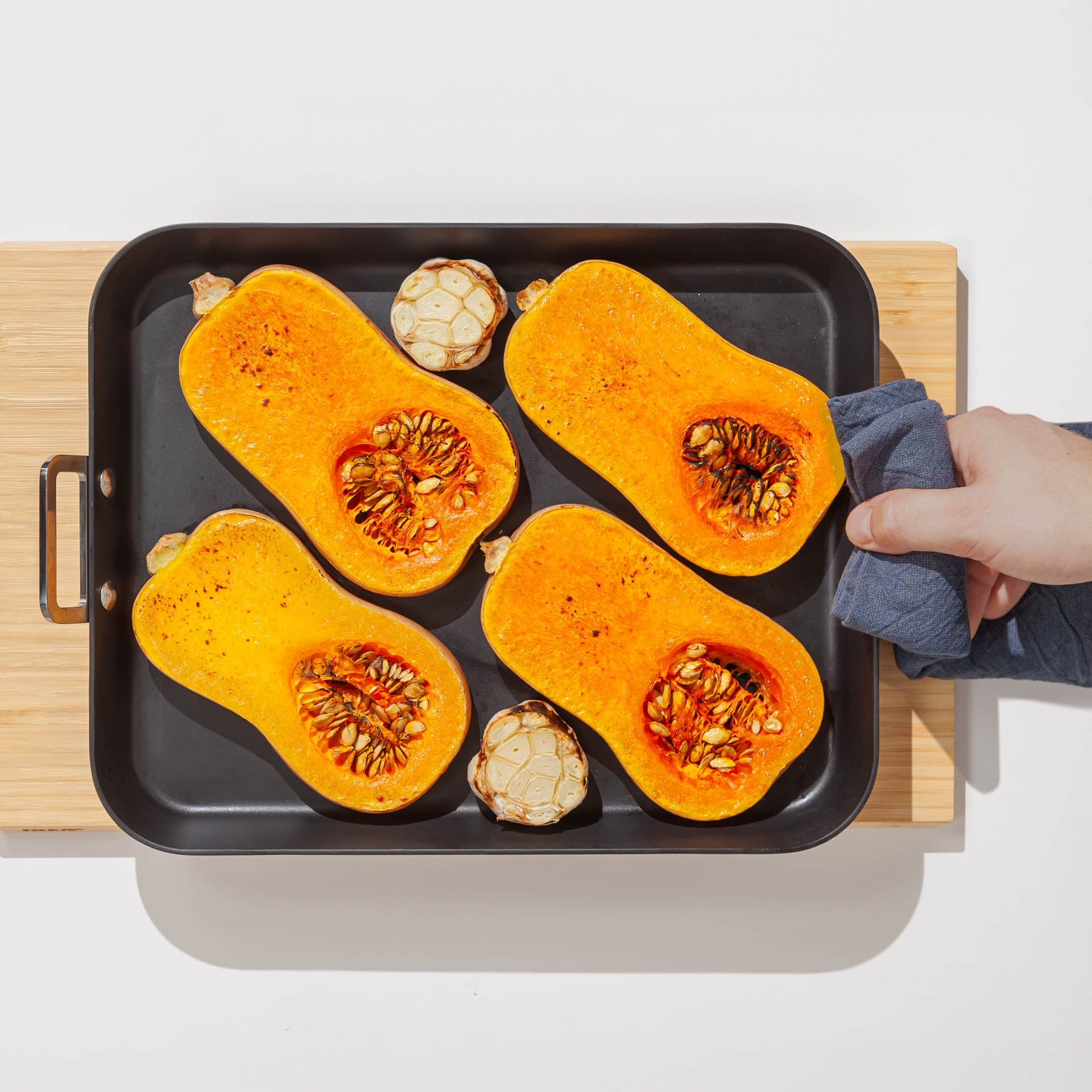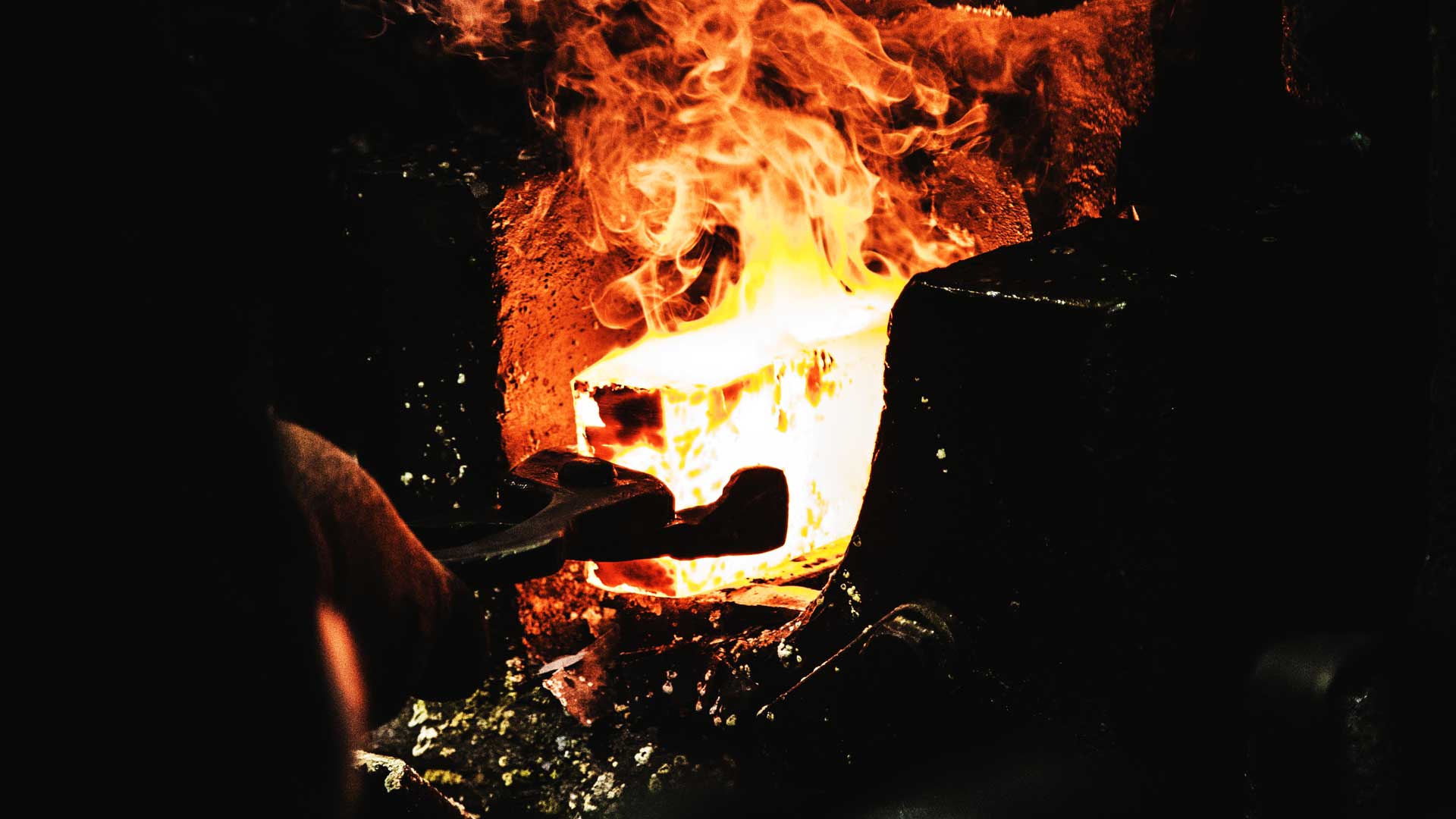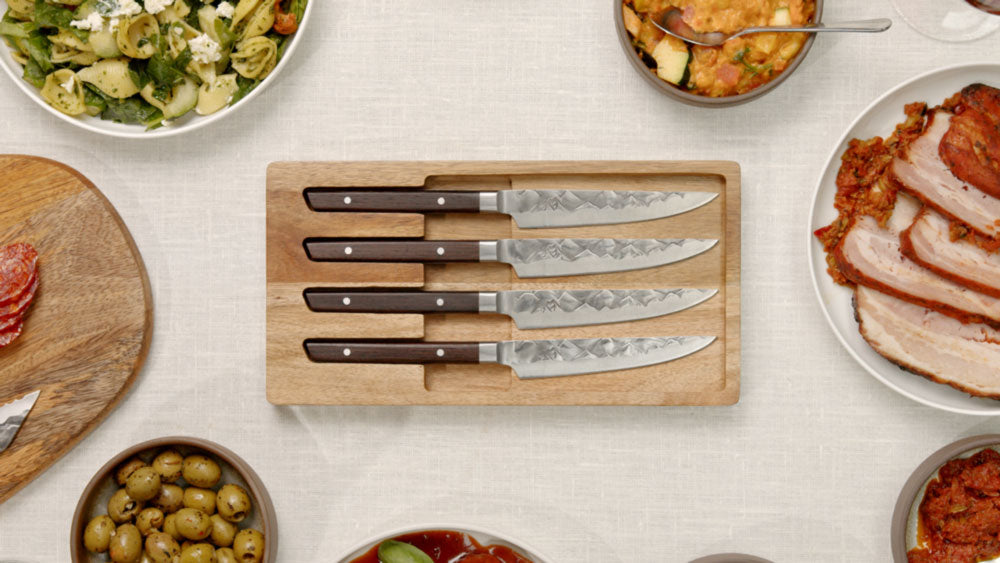Let’s be blunt: all knives will eventually dull. Even expensive high end high-carbon steel knives eventually need sharpening. Eventually you will need to know more about knife sharpening. We strongly recommend to always use a sharp knife when cooking. Paradoxically: a sharp knife is a safe knife. Blunt knives can slip and offer you less control. That being said: always handle knives with care. Especially when sharpening.
SAFETY FIRST
No matter what your sharpening method of choice is, stay safe! Always be weary of the cutting edge of the blade. And as with all skills: learn to walk before you run. Start slowly, move methodically, and don’t rush.
SO WHAT ARE MY KNIFE SHARPENING OPTIONS?
There are many ways to keep your blades sharp. We listed the most popular options.
1. HAVE IT DONE FOR YOU
Disclaimer: we are knife nuts. We enjoy the art and craft of knife sharpening. We also realize that might not be so for everyone. If you want minimal hassle: have your knives sharpened by a professional. Contact your local kitchen specialty shop and they’ll sure have a service or know a company that does.
2. HONING/SHARPENING STEELS

During use the edge of a blade will “roll over” on a microscopic level. This will cause the blade to be less sharp. When this happens, sharpening isn’t necessary yet. Sharpening removes material and would be a waste at this point. Rather: you can unroll the knife edge and bend it back into shape. This is done by running the blade along another hard material. Usually a honing steel. For the honing steel to work the blade needs to be dragged rather than pushed. Eventually though, sharpening is needed. A honing steel therefor is only a temporary solution, and anyone claiming a honing steel can restore a knife to a razor edge has never used a truly sharp knife.
3. WHETSTONES

The most popular and easily accessible sharpening tool is the whetstone. They come in different sizes and grits. The finer the grit, the less material the stone removes and the sharper the edge potentially becomes. The coarser the grit, the more material is removed and the faster the stone removes chips or imperfections.
Knife sharpening on a whetstone is not easy. Especially at first it’s a skill that requires time and practice. However we think it’s a life skill worth learning. Once you become good at sharpening on a whetstone you can sharpen pretty much anything to a razor sharp finish.
Because using a whetstone results in a razor sharp edge, and is very cost-effective (and honestly it's quite satisfying) it is our favorite method of knife sharpening. But it does take a little practice to get right. There are many in-depth videos on the internet on how to sharpen a knife using a whetstone. We have a quick guide on whetstone sharpening here.
4. PULL THROUGH SHARPENERS
If you want a little more convenience then there are pull through sharpeners. Usually they consist of a rotating ceramic sharpening stone and a slit that you have to pull the blade through. The results are not as good as sharpening on a whetstone. On the upside, pull through sharpeners require zero skill, are easy to use, and get a dull knife usable again in minutes .
5. SHARPENING SYSTEMS
When you want even more control, or don’t want to take the time to practice sharpening on whetstone there are guided sharpening systems. These are designed to take all the guesswork out of sharpening. These systems typically are the more expensive option. However, sharpening systems offer consistent results and may be worth investing in if you want to keep your knives in perfect working order, or have many knives to sharpen frequently.
For more general information on knife care, read this article.







Leave a comment
All comments are moderated before being published.
This site is protected by hCaptcha and the hCaptcha Privacy Policy and Terms of Service apply.